May 3 – June 4, 2010
Time must go by too quickly because now I’m two weeks behind schedule on my reports. A lot has happened though, so maybe that’s related. As usual, we keep trying to progress and improve with every step we take.
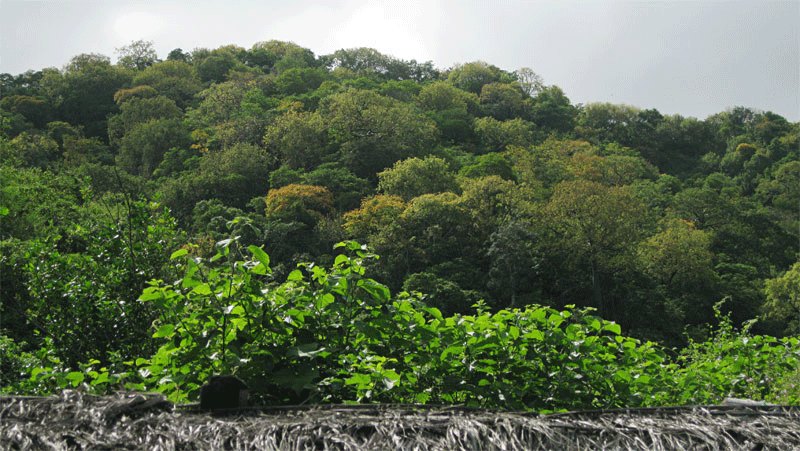
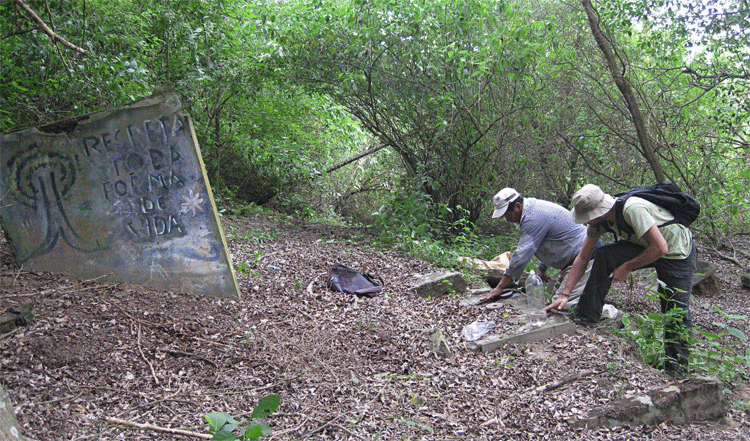
The volunteer force has faded with the rains, both of which are sparse these days. The other night it drizzled a bit, which will definitely help maintain the trees and vegetation, though it didn’t do much to moisten the soil. Last week a new volunteer, Elodie, from France showed up; but this past weekend, the only other volunteer at the time, Jesse, from Wisconsin, left after a productive three-week stay. The weather has gotten a little chilly for June, and the typical, overcast dry-season days now dominate the weather pattern. The ocean water temps have been dropping slightly as well.

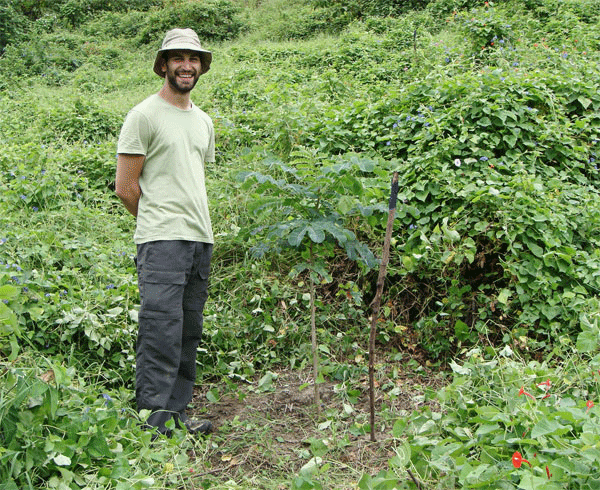
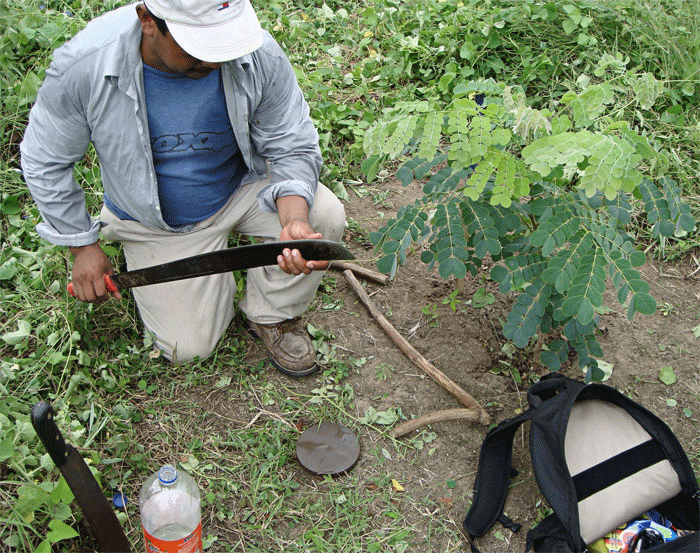
The trees were cleaned at the two most weed susceptible sites (a lack of previously existing vegetation tends to allow weeds to grow out of control), Universidad Catolica and La Y (Williams). In doing so we rustled out a handful of snakes, X (venemous), Mata Caballo (a small Boa), and Lisa (non-venemous). Between the two sites (a total of 737 trees), it appears as though only 3 trees have died. Needless to say the rainy season this year resulted in some very successful tree transplanting. And the survivors are doing extraordinarily well. Some trees, such as Guachepeli, and especially Bototillo have shown explosive growth. One positive aspect of the dry season is that further growth of weeds will be minimal.
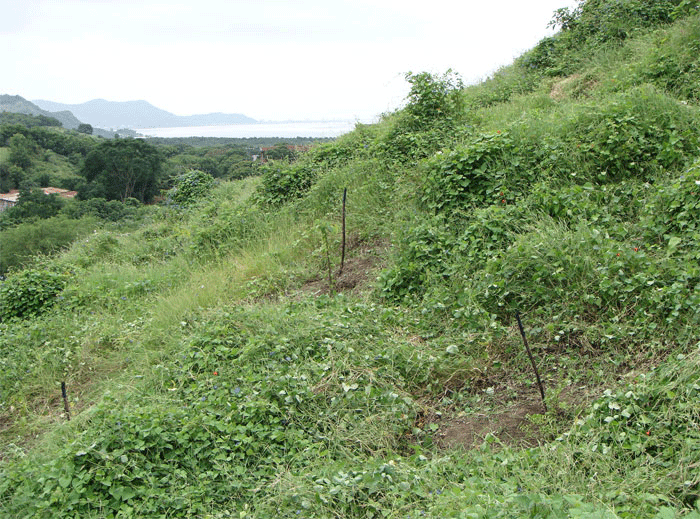

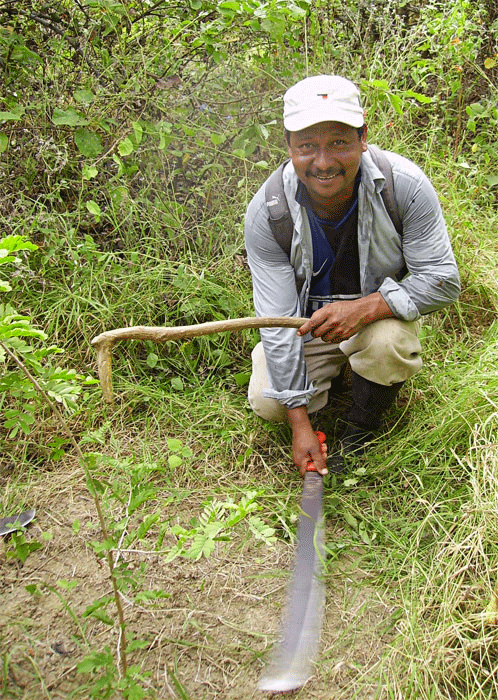




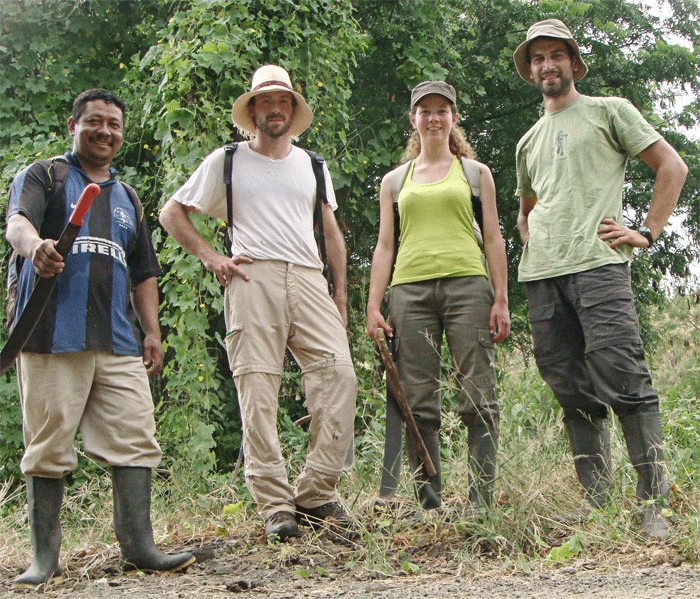
Seeds have also been collected. Cascol, Dormilon and Chirimoya. For Cascol and Dormilon we have kept our eyes peeled around the outskirts of the city and around the revegetation sites. Trees with seeds are watched carefully until the seeds are ready for harvesting.
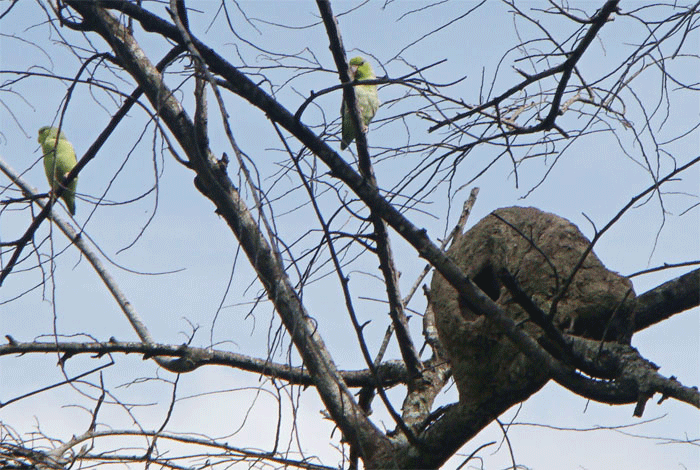
Chirimoya, a local shrub, which produces a delicious fruit now in season, required a different strategy. Orlando and Jesse spent a morning patrolling the city for corners where people tend to congregate and eat the fruit as a snack. Hundreds of seeds were swept and picked off the sidewalks from various locations, the food market being the epicenter.
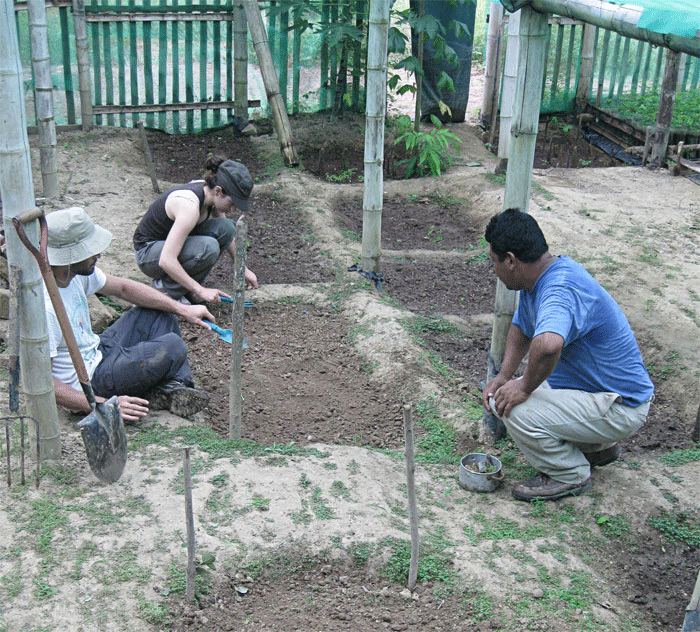
At the greenhouse, seed beds of Seca, Guachepeli, Dormilon, Pechiche, and Cascol continue to germinate. As the baby trees grow, they are transplanted into three liter bottles.
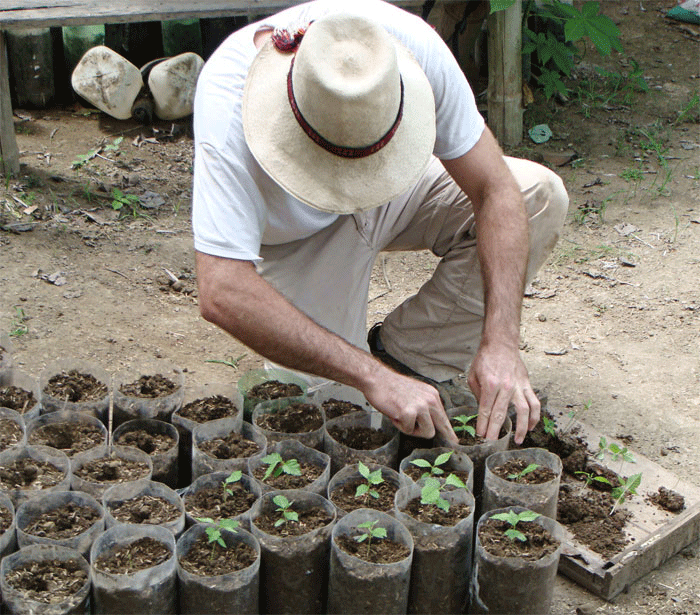
I made a trip to Correagua, near Charrapoto (40 minutes away), to collect a few sacks of rice shells (hulls) to experiment with as an addition to the soil we prepare at the greenhouse. Rice shells are apparently an excellent way to amend soil that is high in clay, a big problem here, since most of the soil is full of clay. Rice shells help with water filtration and water retention. And they are incredibly slow to decompose, so they don’t tie up nitrogen. The results appear to be positive so far. The soil is noticeably lighter after adding rice shells to the mix. Additionally, rice shells are basically given away by rice shelling factories, so their cost is minimal.
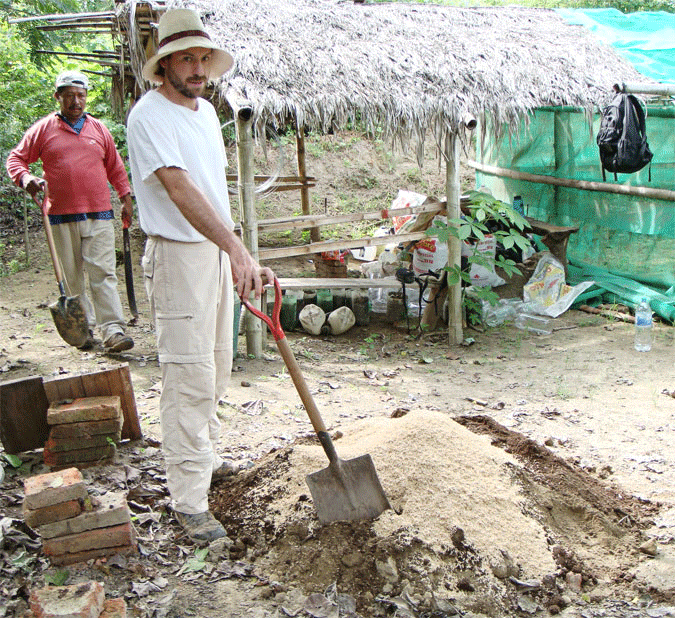
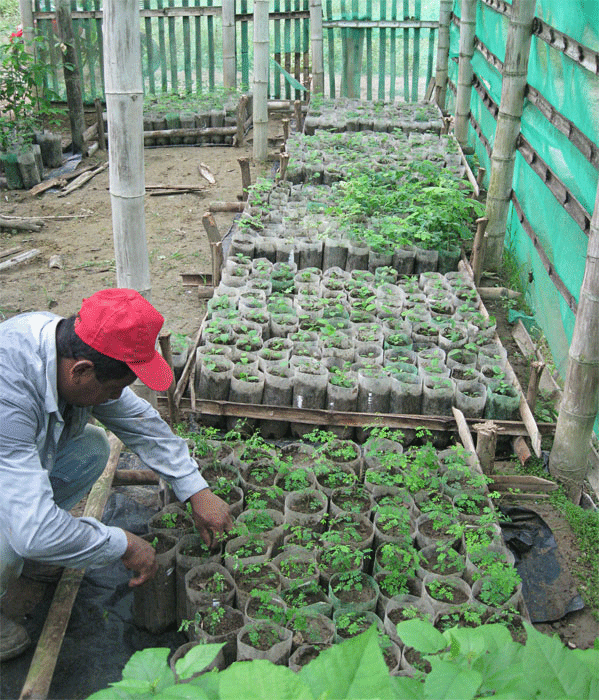
The greenhouse is filling up with new trees for planting after the dry season and we did some reorganizing. A new technique for tree storage was stumbled upon. We have assembled structures made out of bamboo and Moyuyo stakes to pen the trees in, similar to a corral. This prevents the trees from being accidentally knocked over while moving around the greenhouse, especially by the hose while watering. The ground inside the corral, beneath the trees, is lined with plastic so that the roots of the trees don’t grow through the bottom of the 3-liter bottles and get stuck. Each corral holds approximately 100 trees to make counting easier.
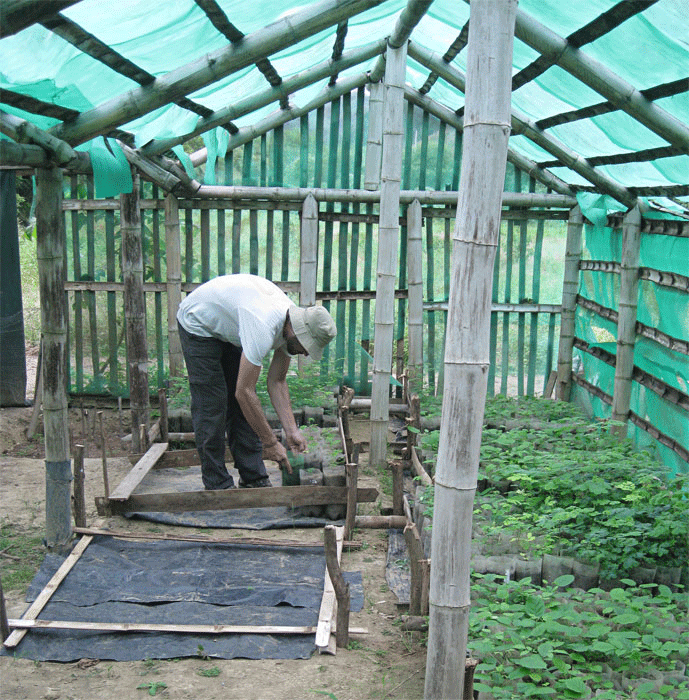

For a while we were nervous about the low number of Pechiche seeds that were germinating in the greenhouse, so we paid a visit to a local Pechiche tree in El Astillero to look for seeds. Upon arrival, we were greeted with dozens, if not hundreds of baby Pechiche trees that were poking out of sand piles, rocks, and trash. Immediately we started picking them out and putting them in a plastic bottle with water to transport to the greenhouse. At the greenhouse we quickly prepared bottles and soil to transplant the little trees.

We hope to return to collect even more Pechiche, but we have run out of 3-liter bottles, so our next mission is to collect plastic soda bottles. In my experience, Pechiche is a difficult seed to germinate in a controlled setting. It appears to be fragile and easily damaged if not dried or stored properly. Fortunately, this alternative exists and hopefully we will be able to transplant several hundred of the baby trees from El Astillero to the greenhouse.
Pásalo bien,
Clay

Your article helped me a lot, is there any more related content? Thanks!
Thanks for sharing. I read many of your blog posts, cool, your blog is very good.
Can you be more specific about the content of your article? After reading it, I still have some doubts. Hope you can help me.